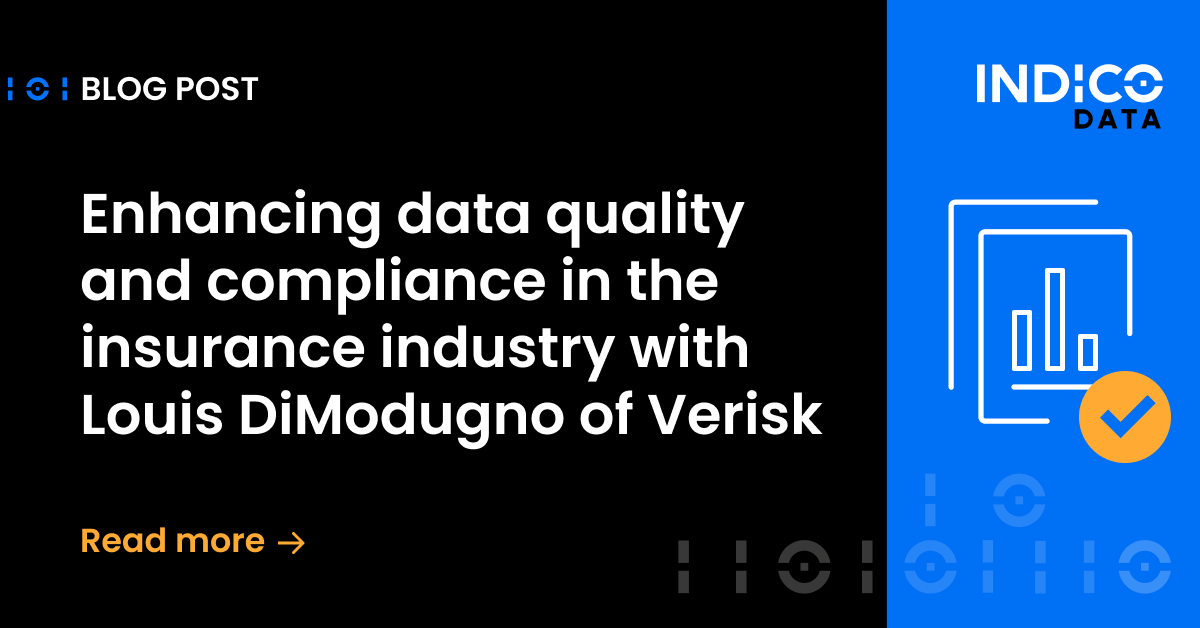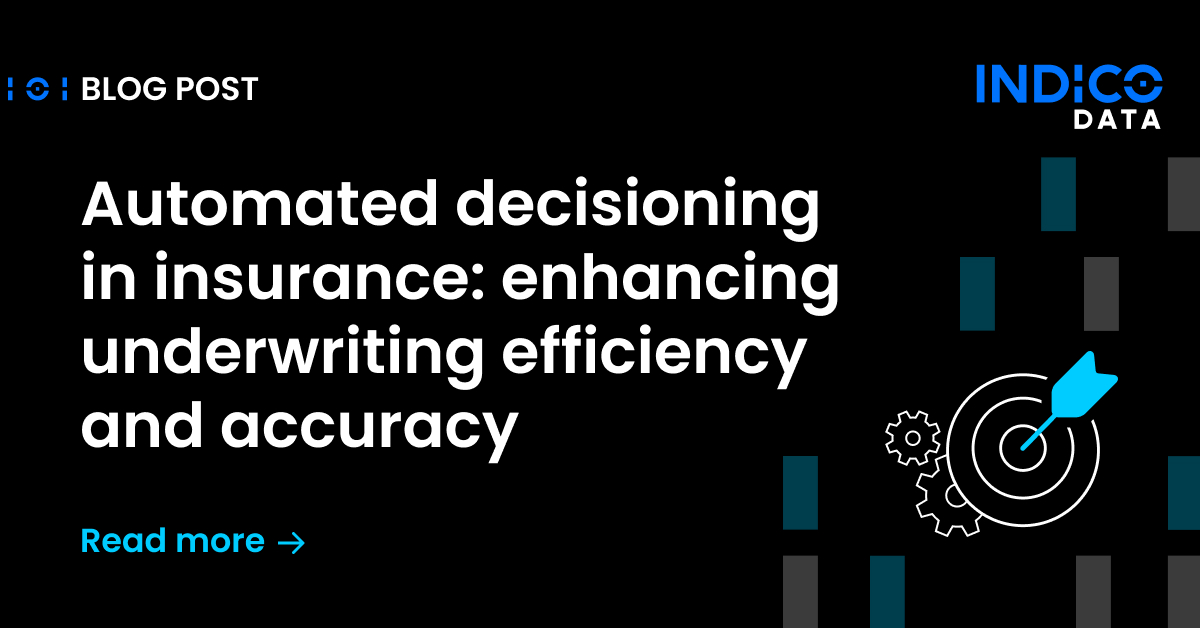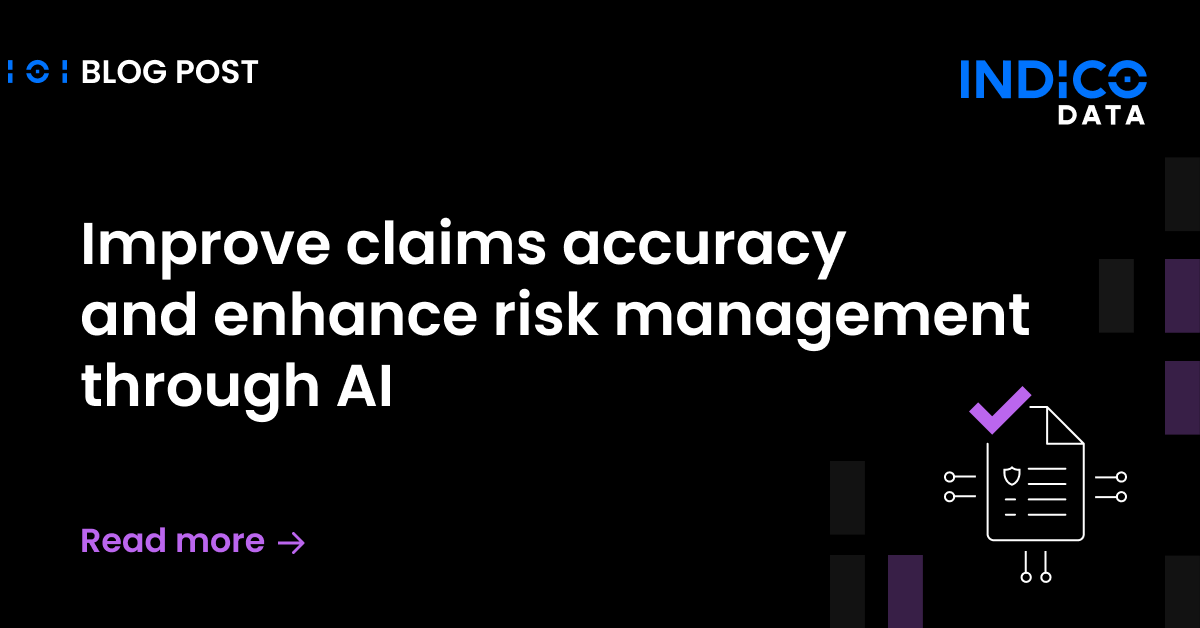The integration of Artificial Intelligence (AI) in insurance underwriting is transforming the industry, offering unprecedented efficiency and precision in risk assessment processes. AI-driven systems in insurance underwriting can analyze vast amounts of data rapidly, enabling insurers to make more informed decisions faster than ever before. This shift not only enhances the accuracy of risk evaluations but also significantly speeds up the underwriting process, ensuring that insurers remain competitive in a rapidly evolving marketplace. As AI continues to advance, its role in insurance underwriting is becoming increasingly crucial, paving the way for more innovative and responsive insurance practices.
Why implement AI in insurance underwriting
With AI-enhanced underwriting accuracy, mistakes induced by human error can be significantly reduced. Moreover, AI systems’ capabilities to handle large volumes of complex data, learn from patterns and anomalies, and draw predictive insights make them ideal tools for accurate risk evaluation. They offer quicker, more comprehensive, and continually improving risk assessments, leading to more precise and fair policy pricing.
Getting on board with the idea of adopting technology for insurance processes is one step. The more difficult part is actually doing it because, for any single policy, multiple complex, intertwined processes come into play. Traditional underwriters’ reliance on pragmatic judgment and manual processing gives way to computerized systems driven by complex algorithms to analyze risk factors efficiently and make well-informed decisions.
Related content: Risk assessment redefined: The role of automation in insurance underwriting
Enhance precision and efficiency with AI in insurance underwriting
By incorporating advanced analytics in underwriting, insurers can leverage data-fueled insights for better risk forecasting, pricing accuracy, and fraud detection. Advanced data analytics can help identify patterns, trends, and correlations among the vast sea of underwriting data, leading to improved strategies, decision-making abilities, and significantly reduced costs.
Underwriting process optimization through AI is another progressive development resulting in insurers making faster, more efficient, and sound risk-related decisions. AI-enabled process optimization delivers benefits such as increased throughput, reduced cycle times, and enhanced customer experiences by allowing more accurate and immediate responses to underwriting inquiries.
With these AI-leveraged advancements, underwriting automation trends signal a clear shift toward enhancing operational efficiency, accuracy, and speed. Such progressions allow insurers to focus more on strategic aspects of the business, like product innovation, customer service, and overall growth.
Related content: Artificial intelligence underwriting: Transforming industries with precision and efficiency
How AI in insurance underwriting is changing the game
Artificial Intelligence (AI) is revolutionizing insurance underwriting in several ways, offering undisputed benefits, including increased underwriting efficiency and accuracy. While traditional underwriting strategies have constantly challenged insurance companies with time-consuming data analysis and decision-making, AI-based underwriting algorithms offer a potent remedy, streamlining operations and allowing for precision-driven decisions.
These AI underwriting algorithms leverage diverse data sources, resulting in a data-driven underwriting in insurance that increases effectiveness and lowers risk for insurance firms. By learning from the vast reserves of unstructured data generated daily, AI algorithms can identify patterns and connections that might have gone unnoticed by human analysts. Once trained, these algorithms can analyze and assess risk profiles in a fraction of the time it would traditionally take, which significantly boosts the underwriting process’s efficiency.
Automated underwriting in insurance is another critical area where AI demonstrates its remarkable potential. Automated underwriting reduces policy issuance time and the possibility of human error by bypassing the need for individual document scrutiny and manual data entry. It ensures that the underwriting process is swift and thoroughly accurate, setting a new standard for operational efficiency.
The power of AI in insurance underwriting doesn’t stop at algorithms alone. AI’s capabilities extend to holistic applications in underwriting, providing access to sophisticated tools for predictive modeling, pricing optimization, and detection of fraudulent claims. These AI applications in underwriting improve operational efficiency and augment risk management strategies, catapulting insurance companies into a future driven by strategic decision-making and more innovative outcomes.
AI in insurance underwriting solutions (and how to choose)
Traditionally drenched in paperwork and manual labor, the drastic shift to digitization and AI underwriting solutions is a notable breakthrough. Indico Data, enriched with years of proficiency in AI and Machine Learning (ML) powered solutions, demystifies the enormity of unstructured data into actionable insights.
The importance of AI’s use in insurance underwriting cannot be overstated. A prominent facet to address here is machine learning underwriting, where AI learns and improves autonomously. Once trained, machine learning algorithms can predict the likelihood of claim frequency, extending an enriching hand to insurance underwriters. When combined with accurate risk assessment, the power of prediction guides underwriters toward making well-informed decisions and optimizing the underwriting process with swiftness and precision unattainable by human capacity alone.
This technological disruption is compelling many insurance underwriter companies to rethink their strategies and embrace AI. Regulators, companies, and insured parties are all realizing the potential of AI underwriting solutions in minimizing risks and crafting bespoke insurance solutions. The benefits are twofold – it enhances efficiency and provides a more personalized experience for customers.
However, understanding how to use AI is crucial to fully reap its advantages. And that’s where the conversation becomes, ‘How can I become an insurance underwriter in this AI-dominated sphere? ‘The answer lies in keeping oneself ahead of AI advancements and bolstering decision-making skills with its effective implementation. Aspiring underwriters must harmonize their experience with the evolving AI-driven algorithms to make sound and analytical underwriting decisions. In a recent episode of Unstructured Unlocked, Steven Weiss shares his perspective on the need for automation in insurance underwriting. “There’s still a lot of manual work to be done,” Weiss said. The underwriting submission intake process, for example, “is really 99% email and maybe a little bit of texting to follow up on specific questions.”
In the broader spectrum of insurance, AI is not confined to underwriting alone. Its influence seeps into other aspects like broking, where AI can help drive better pricing strategies and identify potential growth areas. With that said, the journey of AI in insurance underwriting is still in its nascent stages. The technology has yet to unleash its full potential, promising a more accurate, responsive, and efficient future. An advent of possibilities awaits, where bygone administrative tasks are replaced by intelligent systems leveraging AI and ML ‘magic,’ paving the way for a new era of insurance underwriting.
Save your spot in our upcoming webinar: From expertise to AI: bridging the knowledge gap in insurance underwriting
Frequently asked questions
- What specific challenges do insurers face when training AI systems for underwriting?Training AI systems for insurance underwriting involves several challenges. One of the primary issues is ensuring data quality and diversity. Insurers must gather vast amounts of accurate and representative data to train AI systems effectively. This data must be free of biases that could lead to unfair risk assessments. Additionally, the complexity of insurance data, which often includes unstructured data from various sources, requires sophisticated preprocessing to make it usable for AI algorithms. Another significant challenge is the need for domain expertise alongside technical AI skills. Insurers need teams that not only understand machine learning techniques but also possess deep knowledge of insurance-specific risk factors and regulatory requirements.
- How do insurance companies ensure that AI-based underwriting complies with existing insurance regulations? To ensure that AI-based underwriting complies with existing insurance regulations, including those related to fairness and transparency, insurers are adopting several strategies. Firstly, they are implementing ‘explainable AI’ systems that provide clear explanations of how decisions were made, which is crucial for maintaining transparency with customers and regulators. Additionally, insurers are conducting regular audits of their AI models to check for any inherent biases or deviations from ethical guidelines. These audits help in adjusting the models to align with legal and ethical standards continuously. Insurance companies also work closely with regulatory bodies to ensure that their AI implementations are up-to-date with evolving insurance laws and regulations.
- Can AI in insurance underwriting address the personalization of customer policies beyond risk assessment? AI in insurance underwriting does indeed have the potential to personalize customer policies beyond mere risk assessment. AI systems can analyze a customer’s historical data, preferences, and behavior patterns to tailor insurance policies that meet their specific needs and circumstances. This can include adjusting coverage limits, deductibles, and premium payment options based on predicted future needs or risk levels. Moreover, AI can help in identifying cross-selling and upselling opportunities by suggesting relevant additional coverages that fit the customer’s lifestyle and risk profile. This level of personalization not only improves customer satisfaction and loyalty but also enhances the overall customer experience by making insurance more adaptable and user-friendly.


